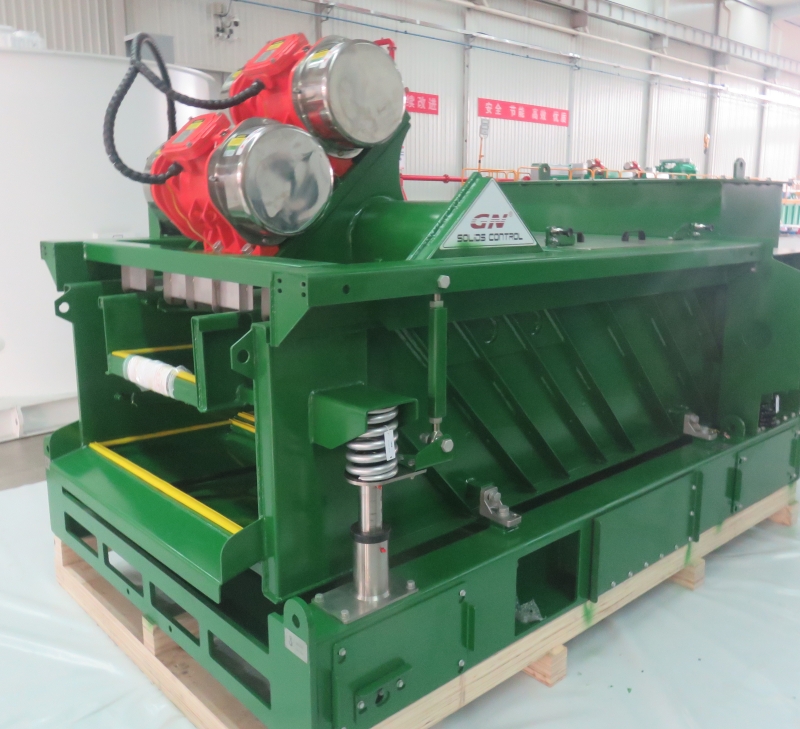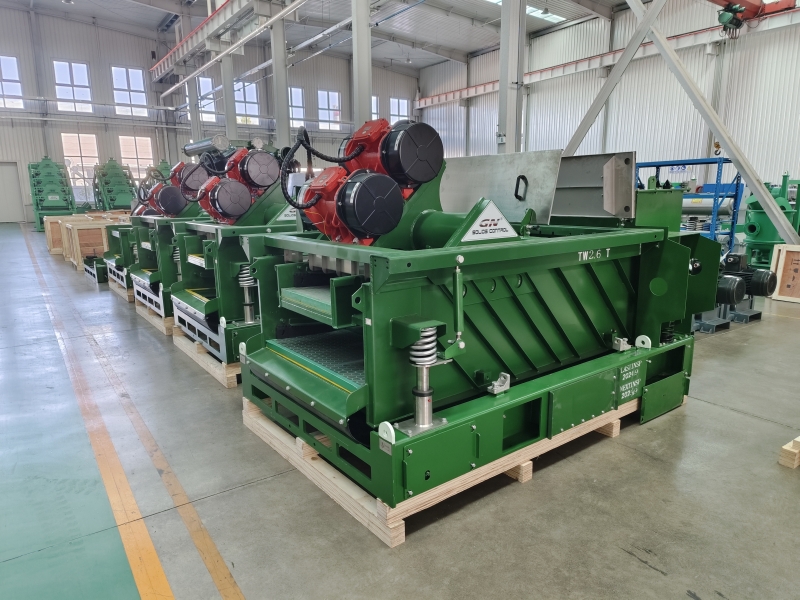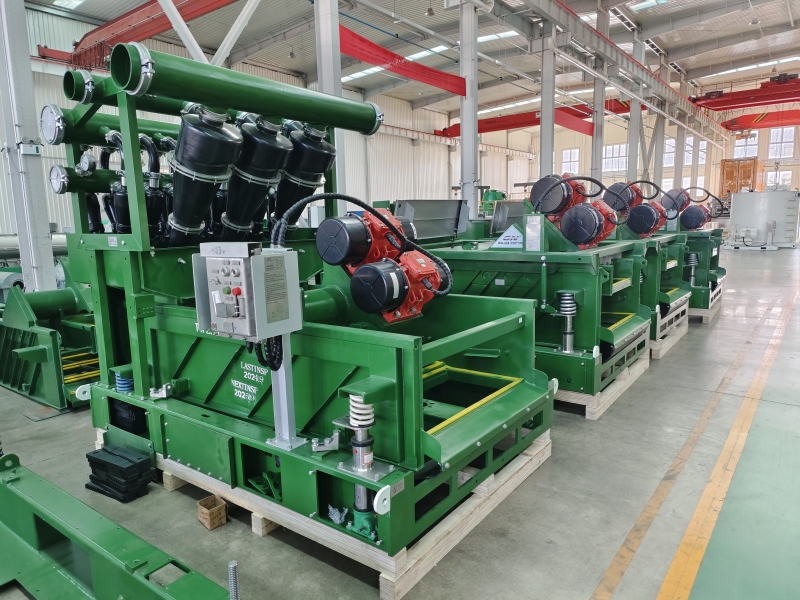

GN is a well-known brand from China, its full company name is HeiBei GN Solids Control Co.,Ltd which locadted in No.3 Industry Road, Dachang Chaobai River Development Area,Langfang, China; We are known around the world for unique innovation without compromise, sophistication while maintaining user simplicity, and superb service to our extremely wide customer base.specializing in supplying solids control& waste management equipment to the global market.
In the core drilling industry, a shale shaker is an essential piece of equipment used in the solids control process to remove cuttings and debris from the drilling fluid (mud).
A shale shaker is a vibrating screen used to separate large solid particles (such as drill cuttings or fragmented rock) from the drilling fluid. By filtering these solids out, the drilling fluid can be recycled and reused, reducing costs and maintaining efficient drilling operations.
How Does It Work?
- Drilling fluid (mud) containing cuttings from the borehole returns to the surface.
- The mud is fed onto the top of the shale shaker screen.
- Vibrations move the fluid across the screen while solids are trapped on the surface.
- Fluid passes through the screen to be further processed or reused.
- Larger particles are discarded, either manually or via conveyor systems.
Importance of Shale Shakers in Core Drilling
- Efficient Solids Control: Ensures mud stays free of large solids, reducing wear on pumps and other equipment.
- Cost Efficiency: Reusing drilling fluid minimizes waste and reduces costs.
- Improved Penetration Rates: Clean mud allows for smoother drilling, which is especially critical when retrieving core samples.
- Protects Downhole Tools: Prevents damage to drill bits and pipes caused by abrasive solids in the mud.
- Minimizes Environmental Impact: Reduces the volume of waste fluids requiring disposal.
In the core drilling industry, a centrifuge plays a key role in the solids control system, complementing other equipment like shale shakers. It helps separate finer solids and recover valuable drilling fluids (mud) by applying centrifugal force. This process ensures the mud remains clean and efficient for reuse, reducing operational costs and environmental impact.
Why Use a Centrifuge in Core Drilling?
- Fine Particle Separation: Complements shale shakers by removing particles too small for screens (like silts and colloidal solids).
- Fluid Recovery: Reduces the amount of drilling fluid wasted with solid discharge.
- Improved Mud Quality: Ensures cleaner drilling fluid, preventing tool wear and blockages.
- Reduced Environmental Impact: Less waste fluid means lower disposal costs and more sustainable operations.
- Better Core Samples: Clean drilling fluid provides more precise cutting, which is crucial for accurate core retrieval.
For effective reply, please find the contact info.
MichaelSong
Sales manager
Whatsapp:+86 17801799913























